From common to not-so-common, we’ve got you covered. Need help fixing your bricks? We’re here!
There’s a reason why late night home improvement shows are so popular – repairing and renovating our homes is something that we all aspire to do. And while some jobs are bigger than others, there’s one thing that almost every homeowner will have to deal with at some point: brick repair. Whether it’s a small flake or a large section of damage, fixing bricks can seem daunting. But don’t worry, we’re here to help! This blog post will answer some common questions about brick repair, from the types of damage that can occur to the best way to fix them. So whether you’re a DIY novice or an experienced pro, read on for everything you need to know about repairing your bricks!
How do I repair Cracking or crumbling bricks?
If a brick home is experiencing cracking or crumbling bricks, the first step is to identify the cause of the problem. This may be due to factors such as age, weathering, or underlying structural issues. Once the cause has been determined, the appropriate repair method can be chosen.
One option for repairing cracked or crumbling bricks is to remove and replace the damaged bricks. This involves carefully chiseling out the damaged bricks and using a trowel to apply new mortar to the area. The new bricks can then be carefully placed and aligned, and the mortar can be smoothed to match the surrounding bricks.
Another option for repairing damaged bricks is to inject a grout or epoxy material into the cracks to fill and stabilize them. This method is less invasive and can be a good option for bricks that are only slightly damaged.
In either case, it is important to make sure the repair is done carefully and correctly to ensure the stability and longevity of the brickwork. If the damage is extensive, or if the cause of the damage is not addressed, the bricks may continue to deteriorate and further repairs may be necessary. It may be best to consult a professional bricklayer or contractor for more complex repairs.
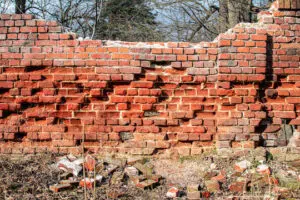
What are some different types of Bricks?
there are many different types of brick that are used in construction and other applications. Some common types of brick include clay bricks, concrete bricks, and shale bricks. Clay bricks are made from natural clay and are fired in a kiln, resulting in a durable and long-lasting building material. Concrete bricks are made from a mixture of cement, sand, and aggregate, and are typically less expensive and more widely available than clay bricks. Shale bricks are made from a fine-grained sedimentary rock and are known for their durability and resistance to weathering.
In addition to these main types of brick, there are also many variations and different styles of brick, such as glazed bricks, fire bricks, and engineering bricks. The type of brick that is used in a particular project will depend on factors such as the desired appearance, the location and climate, and the specific building or design requirements.
What are Glazed Bricks?
Glazed bricks are a type of brick that has been coated with a layer of glass-like material, which gives the bricks a glossy, shiny appearance. This coating is applied to the bricks after they have been fired in a kiln, and can be applied in a variety of colors and styles to achieve a desired aesthetic effect. Glazed bricks are commonly used in decorative applications, such as on the exterior of buildings or as a decorative feature in interior design.
In addition to their aesthetic appeal, glazed bricks also have some practical advantages. The glaze on the bricks makes them more resistant to water and weathering, which can help to extend the lifespan of the bricks and protect the underlying structure of the building. The glaze can also make the bricks more resistant to stains and other types of damage, which can help to keep the building looking clean and attractive over time.
Overall, glazed bricks are a versatile and attractive building material that can add beauty and durability to a wide range of construction projects.
What are Fire Bricks?
Fire bricks are a type of brick that is specifically designed to withstand high temperatures. These bricks are made from refractory ceramic materials, such as fire clay, which are able to withstand temperatures of up to 2,000 degrees Fahrenheit without melting or breaking down.
Fire bricks are commonly used in applications where the brickwork will be exposed to high temperatures, such as in fireplace linings, wood-fired ovens, and furnace linings. They are also used in the construction of fireplaces, wood stoves, and other heating appliances, as well as in industrial settings such as kilns and furnaces.
In addition to their high temperature resistance, fire bricks are also known for their durability and strength. They are able to withstand the constant expansion and contraction that occurs with changes in temperature, and are also resistant to wear and tear from daily use. This makes them an ideal choice for applications where the brickwork will be subjected to extreme conditions.
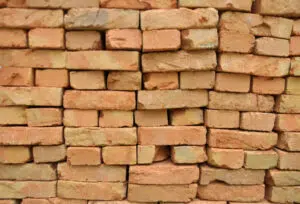
What bricks are best for cold climates?
In general, bricks that are dense and solid are best for cold climates, as they are less likely to be damaged by freezing temperatures. Clay bricks, which are fired at high temperatures, are a good option for cold climates, as the firing process makes the bricks more dense and less porous, which helps to prevent moisture from entering the bricks and causing damage. Concrete bricks, which are made from a mixture of cement, sand, and aggregate, are also a good choice for cold climates, as they are dense and less porous than other types of brick.
In addition to choosing the right type of brick, it is also important to ensure that the bricks are installed properly in cold climates. This includes using a thick, weather-resistant mortar to fill the joints between the bricks, and applying a waterproof coating to the bricks to help protect them from freezing temperatures and moisture. Proper maintenance, such as regular cleaning and sealing, can also help to extend the lifespan of the brickwork in cold climates.
Are cinder blocks considered a type of brick?
Cinder blocks, also known as concrete blocks or breeze blocks, are not considered a type of brick. While cinder blocks and bricks are both commonly used as building materials, they are made from different materials and have different characteristics.
Bricks are made from fired clay, while cinder blocks are made from concrete and aggregate. Bricks are typically more porous and less dense than cinder blocks, and are known for their durability and aesthetic appeal. Cinder blocks, on the other hand, are known for their strength and versatility, and are commonly used in the construction of walls, foundations, and other structural elements.
Overall, while cinder blocks and bricks may share some similarities, they are different materials with different properties and uses.
What can you patch brick with?
There are several different materials that can be used to patch brick, depending on the specific type of repair that is needed. Some common options for patching brick include the following:
- Mortar: Mortar is a mixture of sand, cement, and water that is commonly used to hold bricks together in construction. If a brick needs to be patched or repaired, new mortar can be mixed and used to fill in any gaps or cracks in the brickwork.
- Grout: Grout is a type of material that is used to fill in the joints between bricks. It is similar to mortar, but is typically more porous and less dense. Grout can be used to patch small holes or gaps in the brickwork, and can be applied using a grout bag or a trowel.
- Epoxy: Epoxy is a strong, durable adhesive that can be used to patch bricks. It is applied as a liquid and hardens to form a solid, waterproof seal. Epoxy can be a good choice for patching larger holes or cracks in the brickwork, and is also useful for attaching loose bricks or reinforcing the bonds between bricks.
Overall, the best material to use for patching brick will depend on the specific repair that is needed. It is often best to consult a professional bricklayer or contractor for advice on the most appropriate repair method.
Can crumbling bricks be repaired?
Yes, crumbling bricks can be repaired in most cases. The exact repair method will depend on the extent of the damage and the underlying cause of the crumbling.
If the damage is minor and only affects a small area of the brickwork, it may be possible to repair the bricks by filling in the gaps and cracks with new mortar. This involves carefully chiseling out any loose or crumbling brick, and then using a trowel to apply new mortar to the area. The new mortar should be smoothed and shaped to match the surrounding brickwork, and the bricks should be aligned to ensure a neat and even appearance.
If the damage is more extensive, or if the underlying cause of the crumbling is not addressed, it may be necessary to remove and replace the affected bricks. This involves carefully chiseling out the damaged bricks, and then using a trowel to apply new mortar to the area. The new bricks can then be carefully placed and aligned, and the mortar can be smoothed to match the surrounding brickwork.
In either case, it is important to make sure the repair is done carefully and correctly to ensure the stability and longevity of the brickwork. If the damage is severe, or if the cause of the damage is not addressed, the bricks may continue to crumble and further repairs may be necessary. It may be best to consult a professional bricklayer or contractor for more complex repairs.
Can you repair brick with cement?
Yes, it is possible to repair brick using cement. Cement is a type of binding material that can be used to fill gaps, cracks, and other types of damage in brickwork. To repair brick using cement, the first step is to clean the area and remove any loose or crumbling brick. Once the area is clean, a mixture of cement and water can be applied to the damage using a trowel or putty knife. The cement should be smoothed and shaped to match the surrounding brickwork, and allowed to dry completely before the area is used or exposed to moisture.
It is important to note that cement is not as strong or durable as mortar, which is specifically designed for use in brick construction. While cement can be used to repair minor damage in brickwork, it may not be suitable for more extensive repairs or for structural applications. In these cases, it may be best to use mortar instead, or to consult a professional bricklayer or contractor for advice on the best repair method.
Which mortar is best for brick repair?
The best mortar to use for brick repair will depend on the specific type of repair that is needed and the underlying cause of the damage. In general, however, it is best to use a high-quality, weather-resistant mortar that is specifically designed for use in brick construction.
One option for brick repair is to use a type of mortar called Type N. This mortar is commonly used for general-purpose brick construction and repair, and is suitable for use in most climates. It is a strong, durable mortar that is able to withstand the expansion and contraction that occurs with changes in temperature and moisture levels.
Another option for brick repair is to use a type of mortar called Type S. This mortar is specifically designed for use in areas with freezing temperatures, and is able to withstand the expansion and contraction that occurs when water freezes and thaws. It is a good choice for brick repair in colder climates, or for applications where the brickwork is likely to be exposed to freezing temperatures.
Overall, it is important to choose the right type of mortar for the specific repair that is needed, and to follow the manufacturer’s instructions carefully when mixing and applying the mortar. This will help to ensure the stability and longevity of the repaired brickwork.
What are some different types of mortar?
There are several different types of mortar that are used in construction and other applications. Some common types of mortar include the following:
- Type N mortar: This is a general-purpose mortar that is suitable for use in most climates and applications. It is a strong and durable mortar that is commonly used in brick construction and repair.
- Type S mortar: This is a type of mortar that is specifically designed for use in areas with freezing temperatures. It is able to withstand the expansion and contraction that occurs when water freezes and thaws, and is commonly used in brickwork in colder climates.
- Type M mortar: This is a high-strength mortar that is suitable for use in structural applications and in areas with high loads or stresses. It is a versatile mortar that can be used for a wide range of construction projects, and is known for its strength and durability.
- Lime mortar: This is a type of mortar that is made from lime and sand, and is commonly used in older buildings and in historic restoration projects. Lime mortar is highly porous and allows moisture to evaporate, which can help to prevent damage to the underlying brickwork.
- Repair mortar: This is a specialized type of mortar that is designed for use in brick repair and restoration. It is available in a range of colors and textures, and can be matched to the existing brickwork to provide a seamless repair.
Overall, the type of mortar that is best for a particular project will depend on the specific requirements and conditions. It is important to choose the right type of mortar for the job, and to follow the manufacturer’s instructions carefully when mixing and applying the mortar.
What is Type O mortar?
Type O mortar is a type of mortar that is specifically designed for use in areas with very low compressive strength requirements. It is a low-strength mortar that is typically used in non-structural applications, such as bedding bricks or tiles, or in areas where the brickwork will not be subject to heavy loads or stresses.
Type O mortar is made from a mixture of lime, sand, and water, and is known for its low strength and high porosity. This allows moisture to evaporate from the mortar, which can help to prevent damage to the underlying brickwork. However, the low strength of Type O mortar also means that it is not suitable for use in structural applications, or in areas where the brickwork will be subjected to heavy loads or stresses.
In general, Type O mortar is not commonly used in modern construction, as there are typically more suitable options available. However, it may be used in some specialized applications, such as in historic restoration projects or in areas with very low compressive strength requirements.
What mortars are similar to Type O Mortar?
There are several types of mortar that are similar to Type O mortar, in that they are low-strength mortars that are suitable for use in non-structural applications. Some common examples of these types of mortar include the following:
- Lime mortar: This is a type of mortar that is made from lime and sand, and is known for its low strength and high porosity. Lime mortar is commonly used in older buildings and in historic restoration projects, and is able to allow moisture to evaporate, which can help to prevent damage to the underlying brickwork.
- Type N mortar: This is a general-purpose mortar that is suitable for use in most climates and applications. It is a strong and durable mortar that is commonly used in brick construction and repair, but is not as strong as other types of mortar, such as Type M or Type S.
- Repair mortar: This is a specialized type of mortar that is designed for use in brick repair and restoration. It is available in a range of colors and textures, and can be matched to the existing brickwork to provide a seamless repair. It is typically not as strong as other types of mortar, but is suitable for non-structural applications.
Overall, the type of mortar that is most similar to Type O mortar will depend on the specific requirements and conditions of the project. It is important to choose the right type of mortar for the job, and to follow the manufacturer’s instructions carefully when mixing and applying the mortar.
Frequently Asked Questions About Brick Repair
1. What are the common signs that my bricks need repairing? Common signs include cracking, crumbling, or flaking bricks, noticeable gaps in mortar, and white salt deposits known as efflorescence. These signs indicate that your brickwork may be suffering from weathering, moisture infiltration, or structural issues.
2. Can I repair cracked bricks myself, or should I hire a professional? Minor cracks and small repairs can often be handled DIY with the right materials, such as caulk or sealant for small cracks. However, for extensive damage, deteriorating mortar, or structural concerns, it’s advisable to hire a professional mason to ensure the repairs are thorough and structurally sound.
3. What materials are needed for DIY brick repair? For basic repairs, you will need replacement bricks that match the existing ones, mortar mix, a chisel, a hammer, a trowel, and safety gear like gloves and goggles. For filling small cracks, masonry caulk or sealant may be sufficient.
4. How do I choose the right mortar for repairing my brickwork? The choice of mortar depends on the type of brick and the specific repair. For most residential brick repairs, Type N mortar is suitable as it offers a good balance of strength and flexibility. In areas with severe weather conditions, Type S might be necessary due to its higher bond strength and resistance to water penetration.
5. What is the best way to prevent future damage to brick structures? Regular maintenance is key. This includes cleaning the bricks, repointing deteriorating mortar, sealing the bricks to prevent moisture absorption, and fixing any leaks or moisture issues around the brickwork promptly. Additionally, ensure that any foliage or vines are kept away from brick surfaces as they can retain moisture and contribute to brick deterioration.
6. Are there any environmentally friendly options for repairing bricks? Yes, there are eco-friendly alternatives such as lime-based mortars, which are less energy-intensive to produce compared to traditional cement mortars. These materials are breathable and can accommodate the slight movements of historical structures without causing further damage. Additionally, using reclaimed or recycled bricks can reduce the environmental impact associated with new brick production.

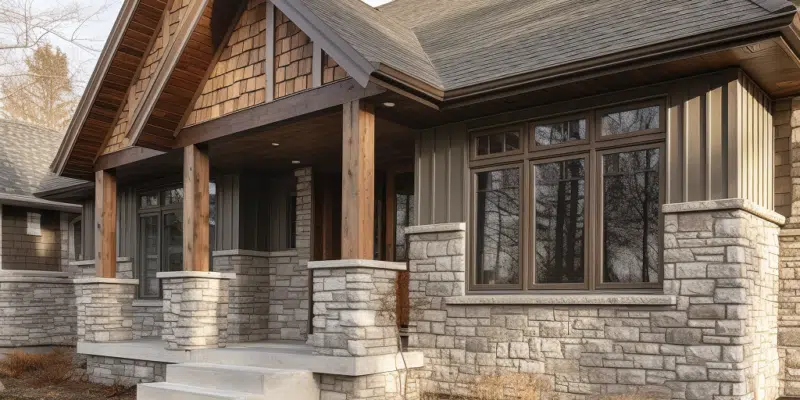
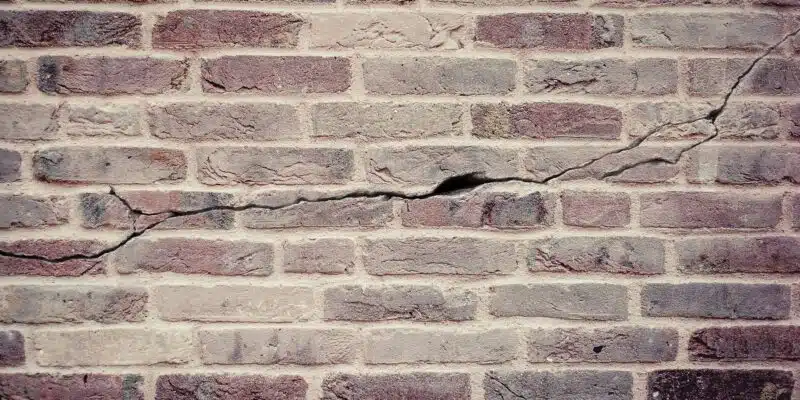
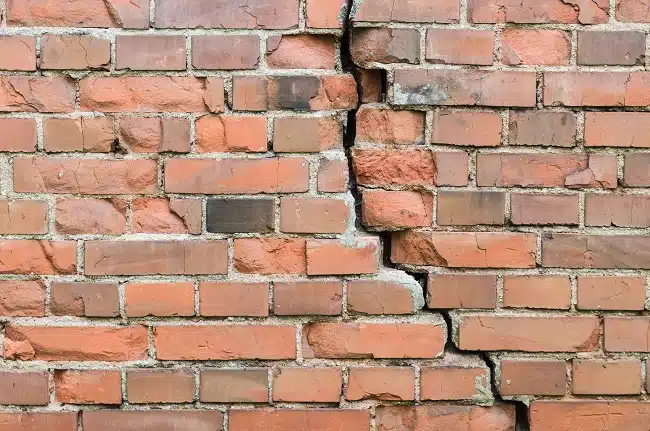
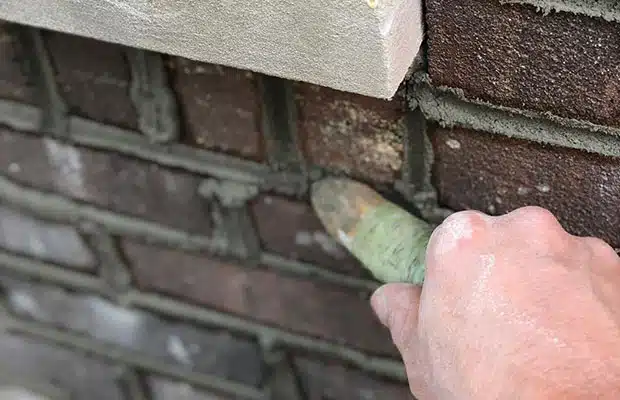

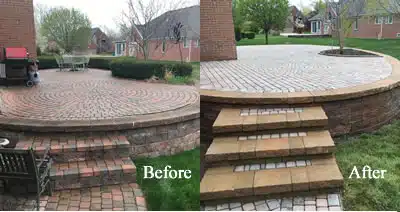
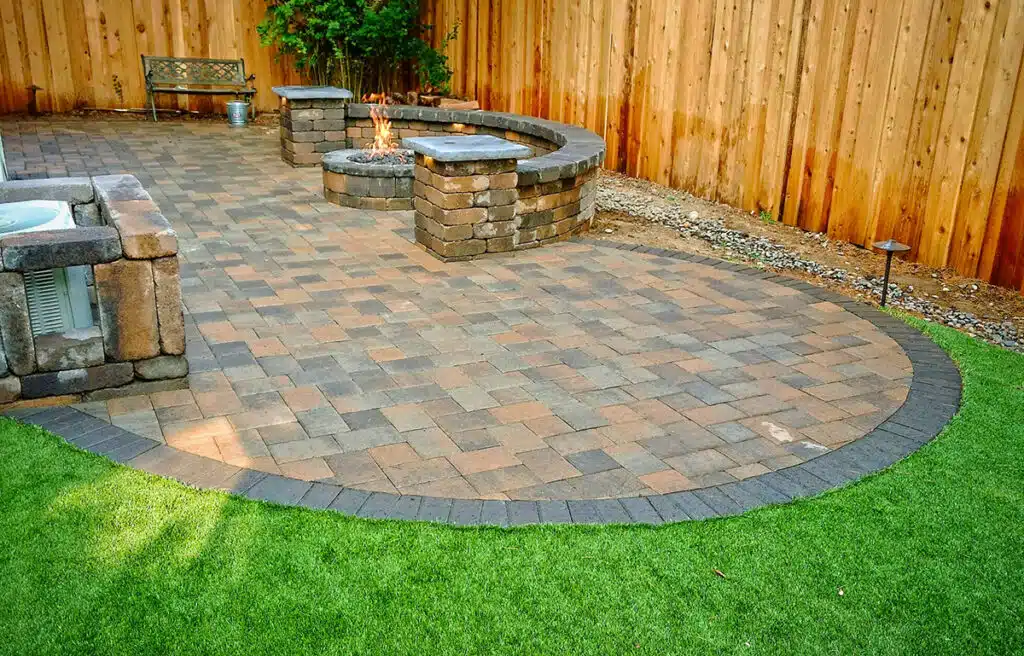
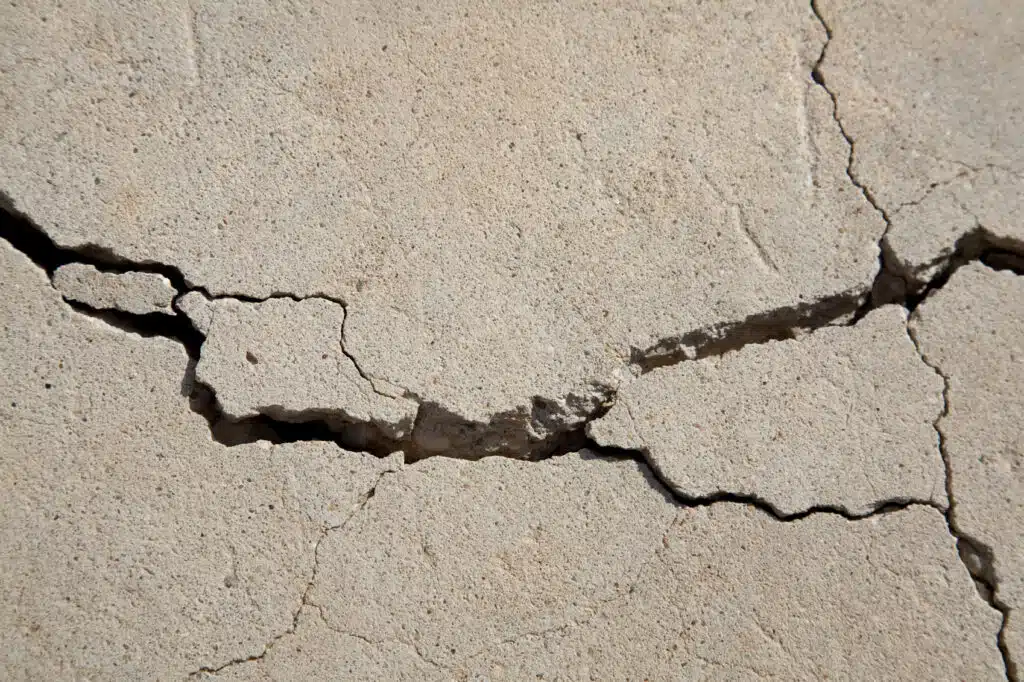



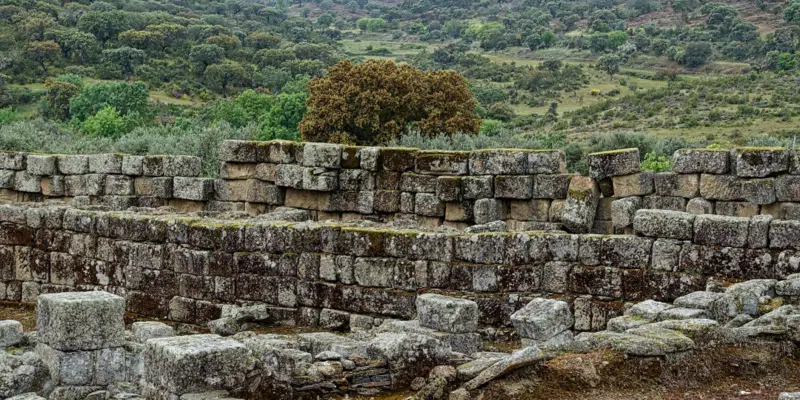
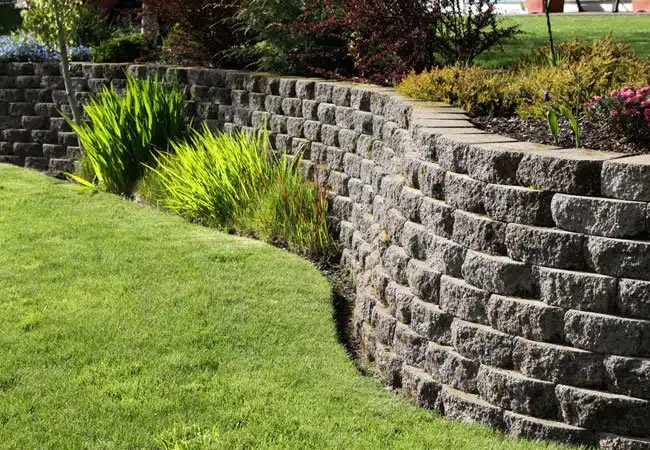
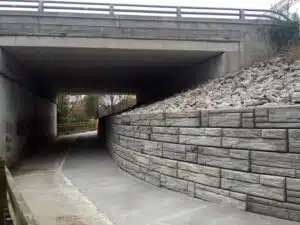
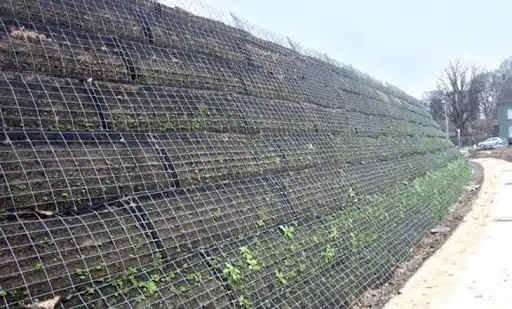
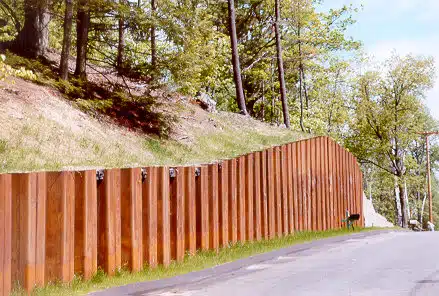
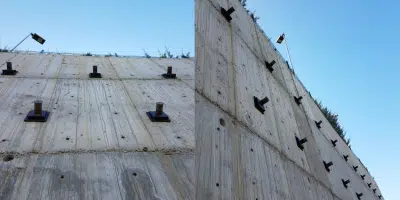
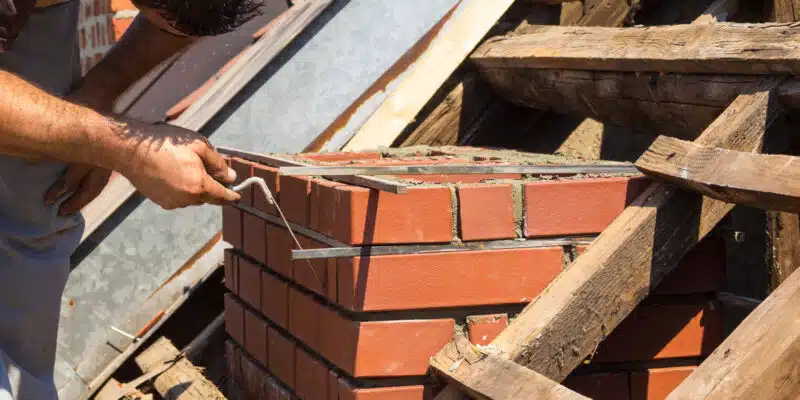
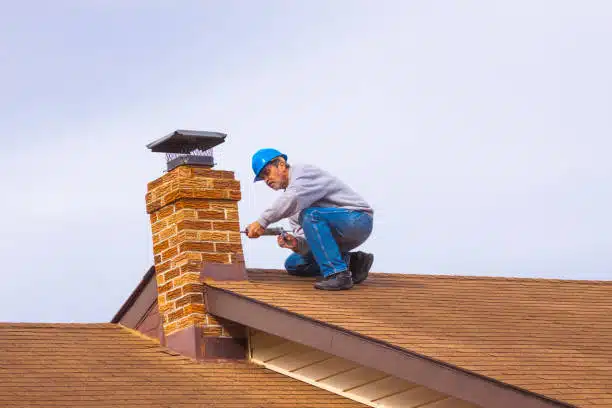
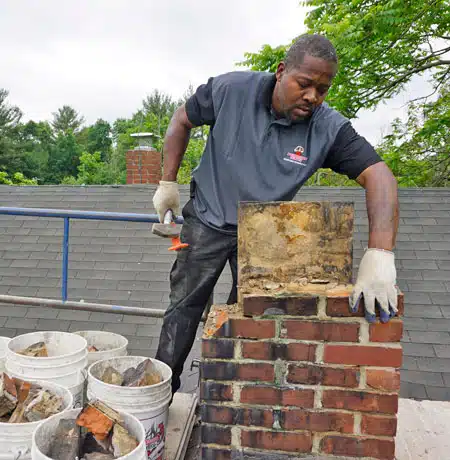
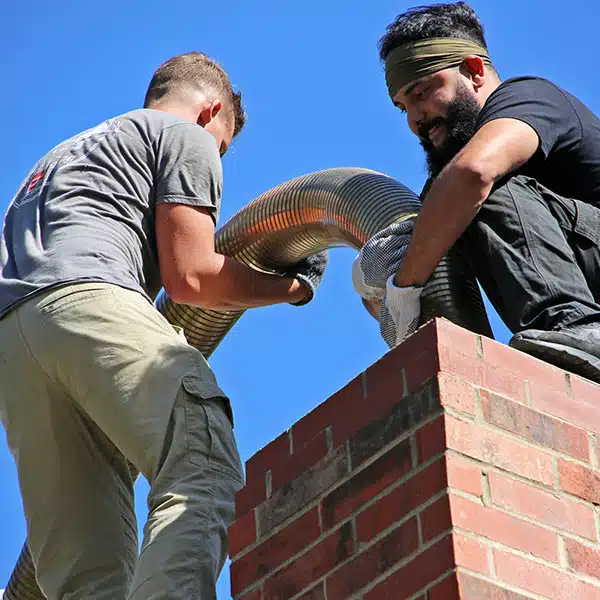
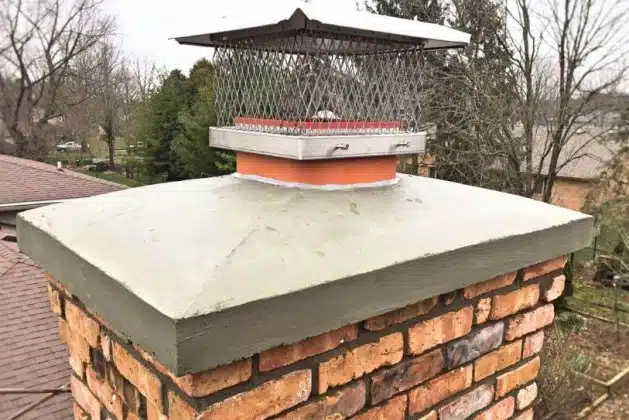
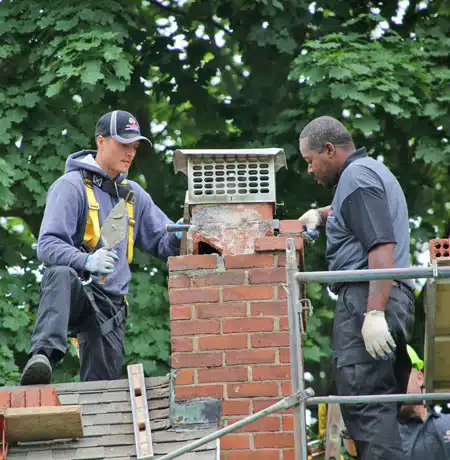
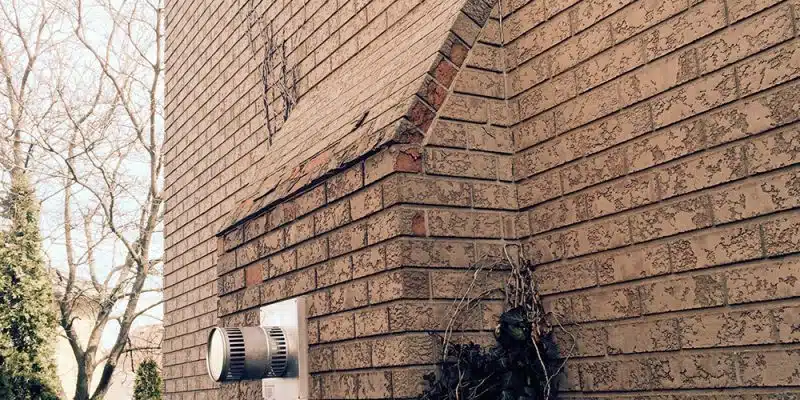
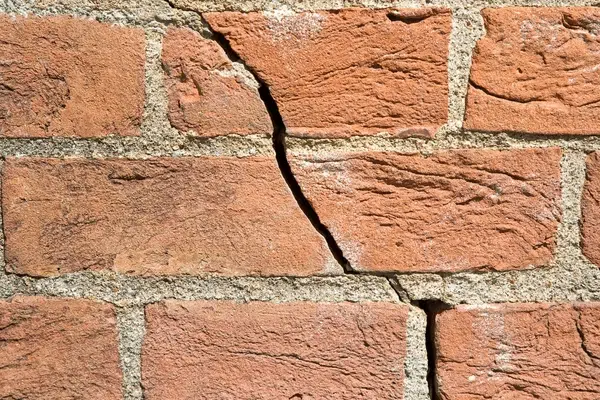
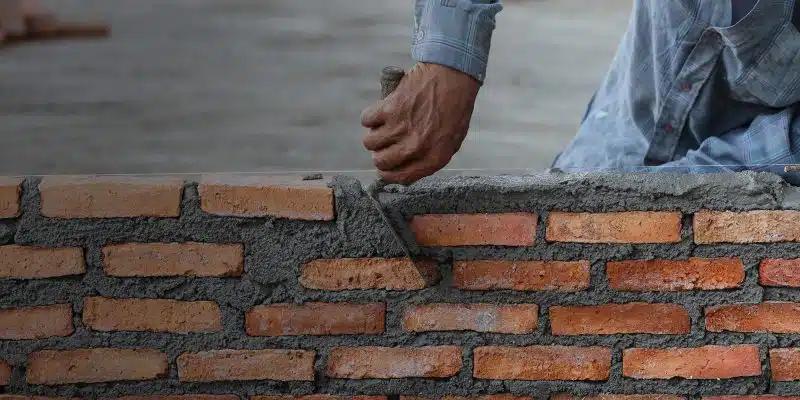
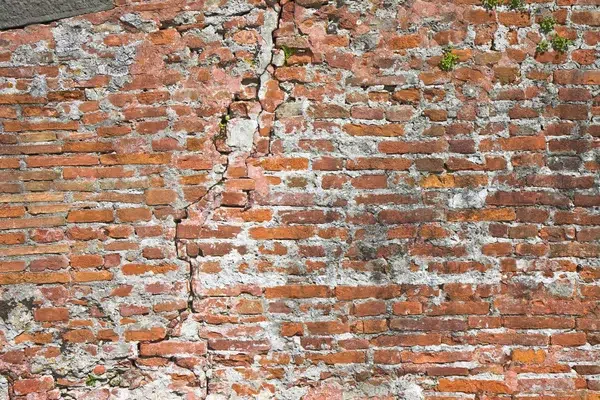
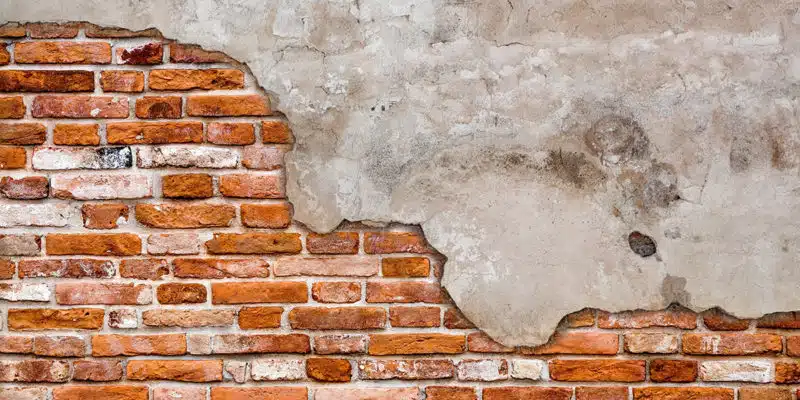
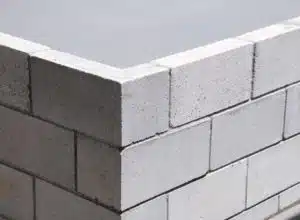 in the mid-19th century. Concrete block walls provide sound structural resistance along with thermal and acoustic insulation all while accommodating for fast and easy installations – facilitated by the block’s precise unit measurements and modular characteristics.
in the mid-19th century. Concrete block walls provide sound structural resistance along with thermal and acoustic insulation all while accommodating for fast and easy installations – facilitated by the block’s precise unit measurements and modular characteristics.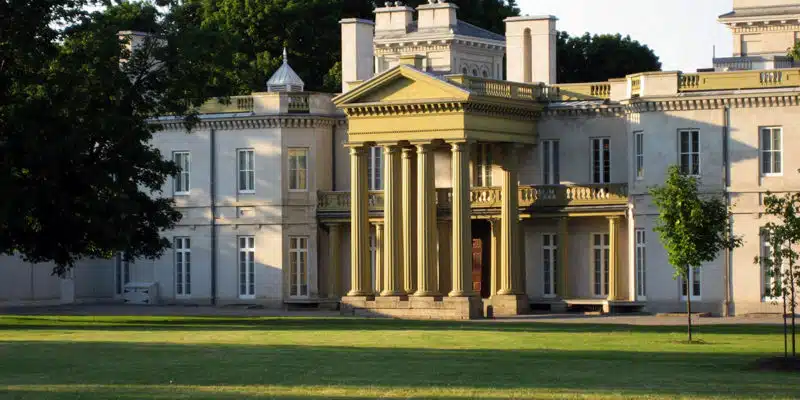
 Hamilton’s ancient architectural implications extend to the English Gothic style St. Paul’s Presbyterian Church: designed by one of the founders of the Canadian architectural profession, William Thomas. Receiving his architectural training in England, the Anglo-Canadian architect was renowned for designing some of the finest decorated Gothic
Hamilton’s ancient architectural implications extend to the English Gothic style St. Paul’s Presbyterian Church: designed by one of the founders of the Canadian architectural profession, William Thomas. Receiving his architectural training in England, the Anglo-Canadian architect was renowned for designing some of the finest decorated Gothic  Revival architecture in Canada. St. Paul’s Presbyterian Church – erected over the years from 1854 to 1857 – boasts a spire that now towers over neighboring structures at 180 feet, and the church holds the title for the highest steeple sculpted entirely out of stone in Canada.
Revival architecture in Canada. St. Paul’s Presbyterian Church – erected over the years from 1854 to 1857 – boasts a spire that now towers over neighboring structures at 180 feet, and the church holds the title for the highest steeple sculpted entirely out of stone in Canada.